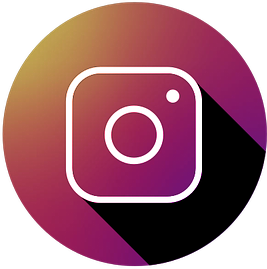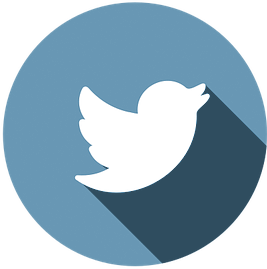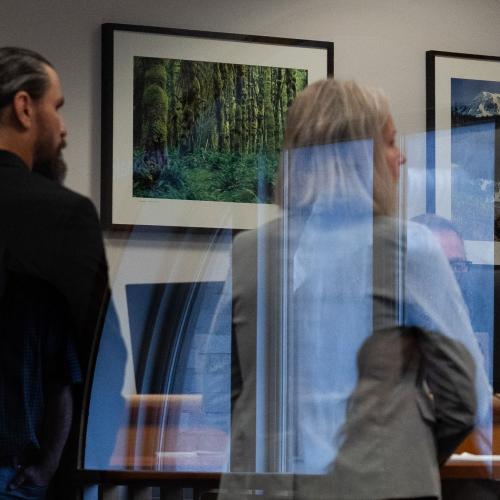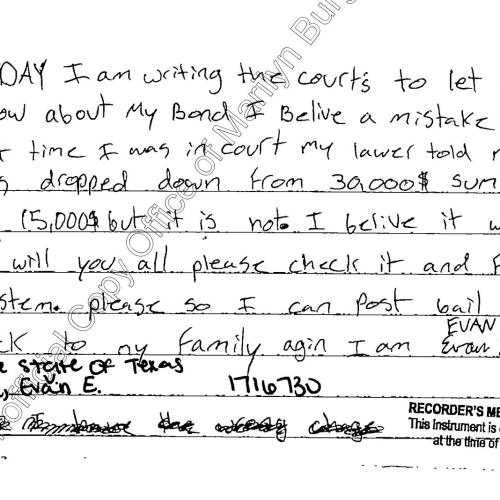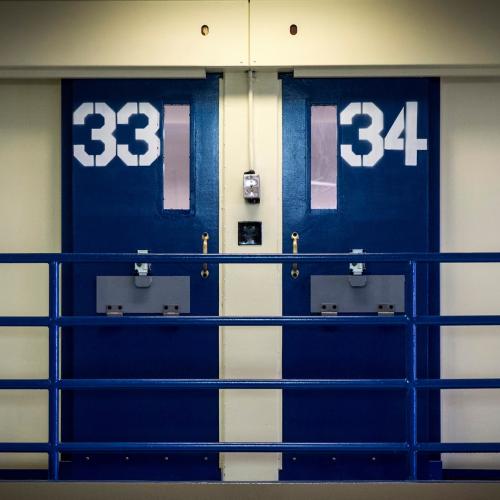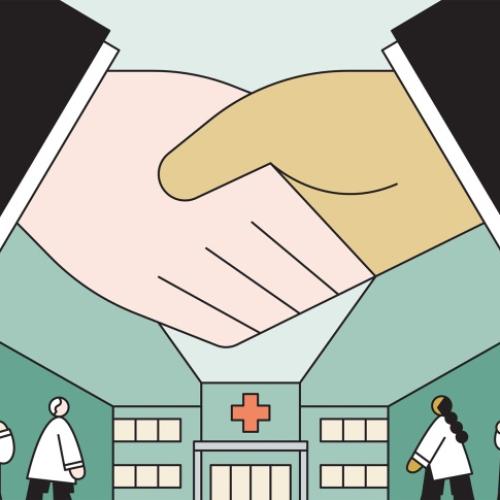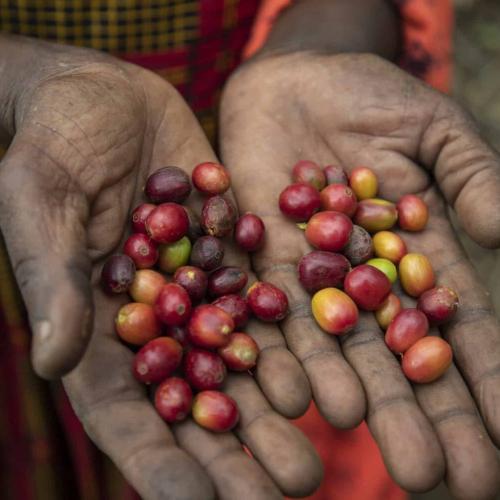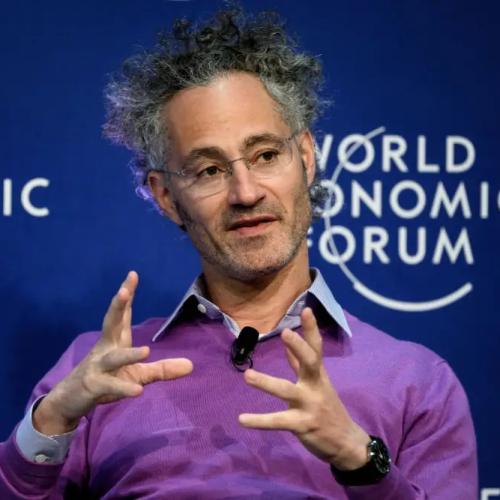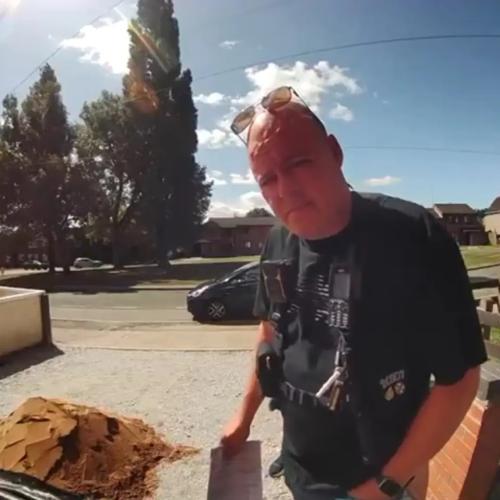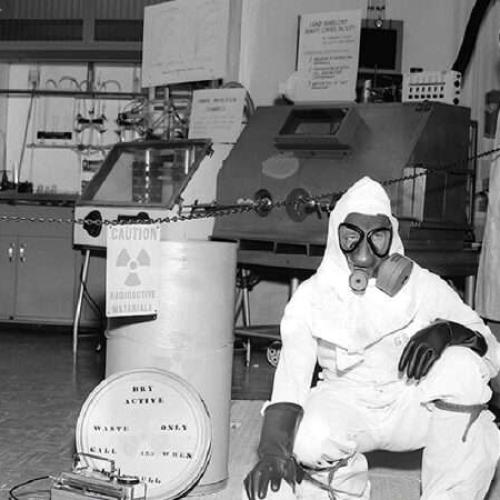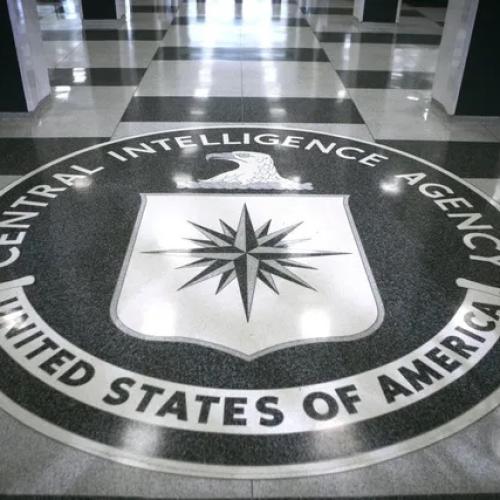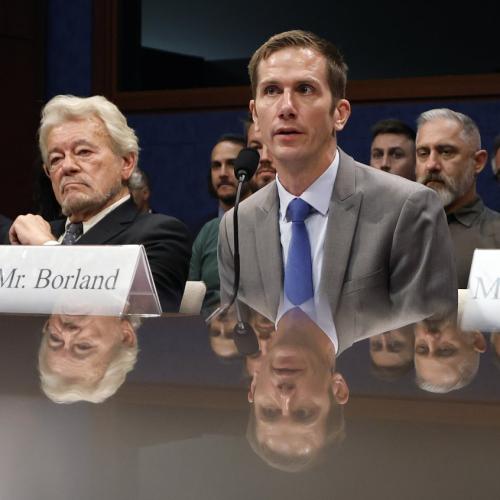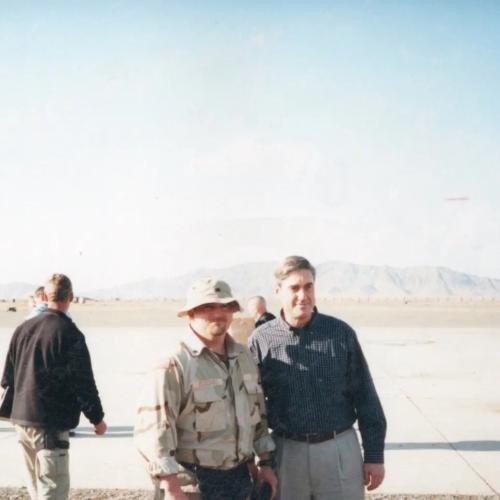News StoriesExcerpts of Key News Stories in Major Media
Below are key excerpts of revealing news articles from reliable news media sources. If any link fails to function, a paywall blocks full access, or the article is no longer available, try these digital tools.
For further exploration, delve into our comprehensive Information Centers.
The European Union expects Georgia to change radically to accommodate the EU. The Georgian government expects the EU to change radically to accommodate Georgia. What brought matters to a head between Georgia and the EU was the Russian invasion of Ukraine in 2022. The Georgian government condemned the invasion, sent humanitarian aid to Ukraine and imposed certain sanctions on Russia. However, it tried to block Georgian volunteers going to Ukraine to fight and rejected Western pressure to send military aid and to impose the full range of EU sanctions, leading to fresh accusations of being “pro-Russian.” On this, President Kavelashvili pushed back very strongly. He accused the West of trying to provoke a new war with Russia that would be catastrophic for Georgia. Georgia has a government that represents the interests of our people…the same media outlets that accuse us of being under Russian influence tell the same lie about President Trump,” [he said]. President Kavelashvili accused the U.S. “deep state” and organizations like USAID, the National Endowment for Democracy, and the European Parliament of mobilizing the Georgian opposition to this end; “but despite all this pressure, we stood and continue to stand as guardians of Georgian national interest and of Georgian economic growth” — the latter comment a veiled reference to the very important economic links between Georgia and Russia.
Note: Our Substack, Working Together To End the War On Peace in Ukraine, challenges the dominant narrative on the Ukraine war, arguing that US and NATO policies, wartime corruption, media censorship, and corporate profiteering have fueled the conflict while blocking genuine peace efforts. Learn more about how war is a tool for hidden agendas in our comprehensive Military-Intelligence Corruption Information Center. For more, read our concise summaries of news articles on war.
The Federal Reserve’s independence is currently being challenged by political forces seeking to reshape its mandate. Its independence was formalized only in 1951, with a Treasury-Federal Reserve Accord that was not a law but a policy agreement redefining the relationship of the parties. In the 1930s and 1940s, before the Fed officially became “independent,” it worked with the federal government to fund the most productive period in our country’s history. [A] little-known Fed policy called Interest on Reserves ... costs taxpayers $186 billion annually by paying banks a hefty interest to hold their reserves at the Fed. By eliminating IOR, the Administration could not only save this $186 billion but would release the $3.3 trillion now sitting idle in reserve accounts to other investments, most likely Treasuries, where banks could get a comparable safe return. The result would be not only to restore Fed profits to the Treasury but to lower federal borrowing costs. The Fed says it needs IOR as a tool to control short-term interest rates. By paying substantial interest on reserves, the Fed ensures that banks don’t flood markets with cash by over-lending. But the Fed managed rates through open market operations before 2008 without IOR, showing it is not essential; and it is a very costly tool. In 2021, Fed remittances to the Treasury totaled $79 billion. In 2023, high IOR costs led to Fed losses of $114.3 billion. This not only halted remittances to the Treasury entirely, it created a net deficit to the Fed.
Note: For more along these lines, read our concise summaries of news articles on financial system corruption.
In response to conservative influencer Charlie Kirk’s murder, both President Trump and Vice President JD Vance have suggested the White House will target left-wing groups and their donors. Fear of political retribution is not the only reason U.S. think tanks may be reluctant to share financial information. Even before these new threats against left-leaning groups, a Quincy Institute report found that over a third of the major foreign policy think tanks do not disclose any donor information, oftentimes because of their heavy reliance on special interests. The top 50 American think tanks received at least $110 million from foreign governments and $35 million from defense contractors in the past 5 years alone. Despite their positioning as objective and independent institutions, reliance on special interests can lead to self-censorship and perspective filtering. In March, Secretary of State Marco Rubio announced that he would be canceling 83% of USAID’s programs. The decision impacted think tanks all around the world. The Trump administration also cut funding for the Wilson Center and U.S. Institute for Peace, two congressionally-established think tanks. Many think tanks will no doubt look to other sources to fill the gaps in U.S. funding, particularly private companies and foreign governments willing to dole out millions of dollars with the intent to influence think tank research. Those sources will likely come with strings attached.
Note: For more along these lines, read our concise summaries of news articles on corruption in government and in the corporate world.
“Dance is a language of the body,” says Julia F. Christensen, a neuroscientist at the Max Planck Institute for Empirical Aesthetics and author of Dancing is the Best Medicine. “Our brain understands gestures that we may do as we dance like an expressive language.” For centuries, communities have turned to dance not only for celebration but for ritual and healing. Long before scientists tracked brain waves or measured neurotransmitters, dancers had an intuitive understanding of the power of moving together. Now, the research is starting to catch up. A 2024 meta-analysis published in The BMJ reviewed 218 clinical trials and found that dance reduced symptoms of depression more than walking, yoga, strength training, and even standard antidepressants. While only 15 of the studies focused specifically on dance, the results were enough to grab the attention of researchers. Our brains are wired for rhythm—and dancing engages our entire nervous system. Some neuroscientists describe this full-body stimulation as a neurochemical symphony. Anticipating a melody can trigger the release of dopamine. Physical movement boosts endorphins. Dancing with others increases oxytocin. Studies have shown that this trifecta can enhance mood, increase social bonding, and reduce stress. Dance offers a unique way to reconnect with oneself. It can activate emotional, cognitive, and sensory pathways, reawakening a sense of connection within and beyond the self.
Note: Explore more positive stories like this on the power of art and healing our bodies.
A pavilion of towering windows in a Mexico City urban park is nearly packed. Everyone here wants the same thing: to dance freely, at no cost, without harassment or prejudice. Twenty-somethings, children with their mothers, teenagers and elderly couples gather around the disc jockey’s console. “This is an open invitation for everyone to move as they wish in a safe space!” said Axel Martínez, one of the collective’s founders, as he grabs a microphone and cheers the revelers on. At their own pace, each person is carried away by the music — and no one seems surprised by the moves of others. From experimental jazz pieces and smooth Egyptian hip-hop to the more familiar pulse of cumbias grooved with an electronic touch, people dance to it all. The party was organized by the Nueva Red de Bailadores or NRB (New Network of Dancers), a collective that aims to create spaces where people can gather to dance freely. There’s no cover charge, no booze, and no pressure to do the “right” moves. As organizers pointed out, their parties forgo police and security, fostering a sense of collective care where attendees look out for one another. Isabel Miraflores, a 73-year-old retired high school assistant principal, came with her husband and said she enjoyed both the dancing and the presence of people of different ages. “I think it’s wonderful because it’s a free event,” she said. “We get together with people from all parts of society and we have fun without any trouble.”
Note: Explore more positive stories like this on the power of art and healing social division.
Oregon has for years struggled with a drug crisis, reporting one of the highest rates of substance use disorders in the US and ranking last in the nation for access to treatment. The problem is systemic, rooted in decades of failure to invest in the level of behavioral health services needed for people with mental illnesses and addiction. The Pacific north-west state’s significant affordable housing shortage has compounded the challenges, as people languish on the streets without care. On 12 November 2024, Cameron Washam, 45, was lying on the street by Portland’s Union Station, on the brink of death. He and his wife, Christina Bell, 47, had long struggled with homelessness and addiction. Workers from a Portland street outreach initiative coordinated by the Mental Health and Addiction Association of Oregon (MHAAO), a non-profit dedicated to peer recovery services, approached and offered help, saying they could immediately take them to a detox program. They entered detox, Washam got emergency surgery for his infection, and after eight days, they were placed in an outpatient program, then a sober recovery home. The outreach effort [is] called the Provider-Police Joint Connection Program. Since its launch, the program has connected 1,005 people to services, including 651 who received access to programs on the same day outreach teams met them and 159 who got into detox and treatment.
Note: Explore more positive stories on healing our bodies and repairing criminal justice.
It was early 2012 when doctors found a tumor in Kim Franzi’s brain. Franzi underwent a risky two-day brain surgery to remove the mass, which doctors warned could leave her paralyzed or prove fatal. The operation was successful, but more than 13 years later, she still suffers from side effects, including issues with her reflexes, teeth, hearing, and vision. Before discovering the tumor, Franzi used the birth control shot Depo-Provera for more than 15 years. The shot has been used by roughly one in four sexually active women in the United States, bringing in hundreds of millions in profits annually for the pharmaceutical behemoth Pfizer, which manufactures and distributes the drug. But according to more than 1,200 lawsuits, Pfizer has failed to properly warn the public about long-established links between Depo-Provera and meningiomas. That includes a lawsuit submitted on Franzi’s behalf, plus more than 9,500 cases that have yet to be filed. In 2024, a large study of more than 18,000 cases of women undergoing surgery for meningiomas found that “prolonged use of [Depo-Provera] was found to increase the risk of intracranial meningioma.” Specifically, the scientists found that use of Depo-Provera was associated with a more than five-fold heightened risk of developing a meningioma that required surgery, and that risk increased further if patients used Depo-Provera for more than a year. Drug labels for Depo-Provera in the European Union, United Kingdom, New Zealand, Australia, and Canada ... warn about these brain tumors.
Note: Read the full article to learn about how Pfizer omitted six studies that found significant links between patients taking the birth control shot and brain tumors. For more along these lines, read our concise summaries of news articles on health and Big Pharma corruption.
TrineDay Books announces the release of Blue Butterfly: Inside the Diary of an Epstein Survivor, a gripping memoir of Survivor Juliette Bryant that exposes Jeffrey Epstein's previously unreported medical crimes. Juliette's firsthand testimony ... unravels Epstein's deep ties to the shadowy intelligence community that controlled him. It explores how the two-time college dropout amassed a fortune of half a billion dollars while spending his days abusing young girls. Twenty-three years ago, on September 26, 2002, Jeffrey Epstein touched down in Cape Town with a high-profile entourage. That night, 20-year-old Juliette Bryant, a psychology student and aspiring model, was recruited and promised a future with the lingerie retailer Victoria's Secret. Instead, she found herself ensnared in a global network of abuse. Juliette was trafficked across continents and American states, taken to all of Epstein's luxury residences, and introduced to co-conspirators who enabled his operations to flourish in plain sight. The sexual abuse and psychological manipulation Juliette endured were pervasive as she made her final trip to Epstein's remote Zorro Ranch in New Mexico. There, in June 2004, Juliette awoke paralyzed in a laboratory, while a female doctor operated on her—without her knowledge or consent. While other books have documented his trafficking network, Blue Butterfly explores his obsession with elite eugenics, artificial intelligence, transhumanism, cryogenics, and cloning.
Note: Read our comprehensive Substack investigation covering the connection between Epstein’s child sex trafficking ring and intelligence agency sexual blackmail operations. For more, read our concise summaries of news articles on Jeffrey Epstein's criminal enterprise.
The federal investigation into the death of convicted sex-trafficker Jeffrey Epstein was marred by significant lapses, experts told CBS News, including the failure by investigators to interview potential witnesses, properly preserve certain evidence and run basic forensic tests. Nearly two years passed before investigators interviewed the two key corrections officers on duty the night Epstein died. And details pulled from 90 photos of the cell and other evidence collected in the hours after Epstein's death — but before FBI agents arrived to process the scene — appear to show a succession of basic oversights, ranging from an absence of evidence markers to items being moved, experts told CBS News. "The FBI literally has all of the best tools. I mean, spared no expense. They have every tool you can imagine. And they used none of it as far as we can tell," forensic analyst Nick Barreiro said after reviewing the photos. "I do not believe he died by suicide, no," Epstein's co-defendant, Ghislaine Maxwell, said this summer during her interview in August with the Deputy U.S. Attorney General Todd Blanche. Epstein's body was discovered at 6:30 a.m. on Aug. 10, 2019. The first FBI agents arrived at the cell more than seven hours later. When they arrived, photos show they found a disorganized, rifled-through clutter. Epstein's lifeless body had already been removed from the cell, eliminating a critical source of information investigators would need to determine how and when he died.
Note: Read our comprehensive Substack investigation covering the connection between Epstein’s child sex trafficking ring and intelligence agency sexual blackmail operations. For more, read our concise summaries of news articles on Jeffrey Epstein's criminal enterprise.
An interview that I conducted in 2020 with Brad Edwards, a lawyer for Epstein’s victims, has always haunted me. It’s about a conversation Edwards had with Epstein’s bodyguard of five years, Igor Zinoviev, who warned him to back off because of Epstein’s shadowy connections to the U.S. government. “[Zinoviev said] ‘You don't know who you're messing with and you need to be really careful. You are on Jeffrey's radar and somebody that Jeffrey pays a lot of attention to, which is not good, you don't want to be on Jeffrey's radar,’” Edwards told me for Broken: Jeffrey Epstein, the podcast series I hosted and reported. “And I said, ‘Well, give me some examples. I mean, who am I messing with?’” Edwards recalled. “And that's when he looked across the table and whispered three letters, ‘C-I-A.’” One of Zinoviev’s first assignments during Epstein’s brief 2008 detention — just 13 months of overnights at the Palm Beach County jail with so-called work release — was to visit CIA headquarters in Langley, Virginia. There, he says, he attended classes for a week as the only private citizen in the room. At the end, the director or assistant director — Zinoviev couldn’t remember — handed him a book with a handwritten note inside. He was told not to read it and to deliver it directly to Epstein in jail. Edwards later wrote about this encounter in his own book, Relentless Pursuit: My Fight for the Victims of Jeffrey Epstein. Epstein’s usefulness to high-ranking officials might also explain why a Freedom of Information Act request of his calendar by The Wall Street Journal revealed multiple meetings with former CIA director Bill Burns when he was Deputy Secretary of State.
Note: This piece was published on Tara Palmeri's Substack. Palmeri is an investigative journalist and former ABC News White House correspondent. US attorney Alexander Acosta was once told Epstein "belonged to intelligence, and to leave it alone." Read our comprehensive Substack investigation covering the connection between Epstein’s child sex trafficking ring and intelligence agency sexual blackmail operations.
Jeffrey Epstein “loved life too much” to kill himself and was confident of securing bail before he died, his butler for 18 years has told The Telegraph. Valdson Vieira Cotrin, who ran Epstein’s Paris home, [said] he could not accept the official verdict of suicide and feared that his own life was in danger. He also said he believed that Virginia Giuffre, the Epstein victim who accused Prince Andrew of rape and died by suicide in April, was a victim of foul play. Mr Cotrin also made the extraordinary claim ... that Epstein told him he had been offered a job by Donald Trump. There is no evidence that the allegation is true. But Mr Cotrin’s recollection of a conversation with his boss will fuel a growing demand for the full Epstein files – the trove of documents from the criminal investigations into the financier that allegedly name high-profile celebrities and politicians, possibly including Mr Trump – to be released. Mr Cotrin remains in possession of a number of photographs taken with friends of Epstein, including a photo of himself with Bill Clinton on the so-called Lolita Express, Epstein’s private plane that he used to traffic underage girls and women for sex. The existence of the photo showing Mr Clinton on board Epstein’s jet will also fuel demands for the former president to reveal his full dealings with Epstein. Mr Clinton was issued with a subpoena on Tuesday, demanding he give evidence to a congressional committee investigating the financier.
Note: Read our comprehensive Substack investigation covering the connection between Epstein’s child sex trafficking ring and intelligence agency sexual blackmail operations. For more, read our concise summaries of news articles on Jeffrey Epstein's criminal enterprise.
Mark Zuckerberg is said to have started work on Koolau Ranch, his sprawling 1,400-acre compound on the Hawaiian island of Kauai, as far back as 2014. It is set to include a shelter, complete with its own energy and food supplies, though the carpenters and electricians working on the site were banned from talking about it. Asked last year if he was creating a doomsday bunker, the Facebook founder gave a flat "no". The underground space spanning some 5,000 square feet is, he explained, "just like a little shelter, it's like a basement". Other tech leaders ... appear to have been busy buying up chunks of land with underground spaces, ripe for conversion into multi-million pound luxury bunkers. Reid Hoffman, the co-founder of LinkedIn, has talked about "apocalypse insurance". So, could they really be preparing for war, the effects of climate change, or some other catastrophic event the rest of us have yet to know about? The advancement of artificial intelligence (AI) has only added to that list of potential existential woes. Ilya Sutskever, chief scientist and a co-founder of Open AI, is reported to be one of them. Mr Sutskever was becoming increasingly convinced that computer scientists were on the brink of developing artificial general intelligence (AGI). In a meeting, Mr Sutskever suggested to colleagues that they should dig an underground shelter for the company's top scientists before such a powerful technology was released on the world.
Note: Read how some doomsday preppers are rejecting isolating bunkers in favor of community building and mutual aid. For more along these lines, read our concise summaries of news articles on financial inequality.
There are 34 ingredients in M&Ms, and, according to Mars, the company that produces the candy, at least 30 countries – from Ivory Coast to New Zealand – are involved in supplying them. Each has its own supply chain that transforms the raw materials into ingredients – cocoa into cocoa liquor, cane into sugar, petroleum into blue food dye. The environmental impact of ultra-processed foods – like M&Ms – is less clear and is only now starting to come into focus. One reason they have been so difficult to assess is the very nature of UPFs: these industrially made foods include a huge number of ingredients and processes to put them together, making it nearly impossible to track. Since 1850, agricultural expansion has driven almost 90% of global deforestation, which has been responsible for 30% of global greenhouse gas emissions. Getting an exact measure of the environmental toll of UPFs is nearly impossible, given that, definitionally, UPFs consist of many ingredients and a high volume of opaque processes. Ingredients aren’t just mixed together like one would do to make a stew at home. Instead, these ingredients are chemically modified, some parts stripped away, and flavors, dyes or textures added in – and it’s unclear what the cost of these processes are because so many suppliers and components are involved. Another reason is that all UPFs (again, definitionally) are the creations of food companies that have little incentive to disclose their environmental footprint.
Note: For more along these lines, read our concise summaries of news articles on food system corruption and climate change.
In July, US group Delta Air Lines revealed that approximately 3 percent of its domestic fare pricing is determined using artificial intelligence (AI) – although it has not elaborated on how this happens. The company said it aims to increase this figure to 20 percent by the end of this year. According to former Federal Trade Commission Chair Lina Khan ... some companies are able to use your personal data to predict what they know as your “pain point” – the maximum amount you’re willing to spend. In January, the US’s Federal Trade Commission (FTC), which regulates fair competition, reported on a surveillance pricing study it carried out in July 2024. It found that companies can collect data directly through account registrations, email sign-ups and online purchases in order to do this. Additionally, web pixels installed by intermediaries track digital signals including your IP address, device type, browser information, language preferences and “granular” website interactions such as mouse movements, scrolling patterns and video viewing behaviour. This is known as “surveillance pricing”. The FTC Surveillance Pricing report lists several ways in which consumers can protect their data. These include using private browsers to do your online shopping, opting out of consumer tracking where possible, clearing the cookies in your history or using virtual private networks (VPNs) to shield your data from being collected.
Note: For more along these lines, read our concise summaries of news articles on Big Tech and the disappearance of privacy.
Emergency rooms, dentist offices, and nursing homes managed by the private equity industry consistently deliver worse health outcomes than other such medical institutions. The difference can mean life or death for patients. A new Harvard Medical School study of more than one million Medicare ER visits found that patient death rates are 13 percent higher in private equity–owned ERs than their counterparts, likely thanks to staffing and salary cuts. On average, private equity–owned hospitals reduce hospital staffing by more than 11 percent and pay ER staffers 18 percent less than non-private equity hospitals. Private equity–backed dental groups have been found to perform medically unnecessary and painful procedures. One firm allegedly extracted healthy teeth from patients to charge them for expensive dental implants, while another performed root canals on the baby teeth of children as young as three. A study of more than 662,000 Medicare hospitalizations in private equity–owned facilities saw 25 percent more hospital-acquired complications, including falls and surgical site infections, compared to other hospitals. Medicare patients in private equity–backed nursing homes suffered an 11 percent higher short-term mortality rate than those in non-private equity–backed facilities between 2004 and 2019, resulting in 22,500 additional deaths. Nursing homes linked to private equity tend to underperform in terms of patient mobility and reported pain levels.
Note: For more along these lines, read our concise summaries of news articles on health and financial system corruption.
Robert F. Kennedy Jr.’s making animal welfare a component of his Make America Healthy Again mission. The health secretary has asked his agencies to refine high-tech methods of testing chemicals and drugs that don’t involve killing animals. He thinks phasing out animal testing and using the new methods will help figure out what’s causing chronic disease. Last week, the National Institutes of Health announced it would spend $87 million on a new center researching alternatives to animal testing and permit agency-supported researchers to use grant funding to find homes for retired lab animals. Kennedy signed off because he thinks the new methods will enable scientists to more quickly and inexpensively draw conclusions about how chemicals and drugs work. He expects that’ll confirm his belief that chemicals in the environment and in food are making Americans sick and also speed cures for chronic diseases like cancer, heart disease and diabetes. The new center will attempt to develop a standardized alternative to animal testing that relies on tiny, lab-grown 3D tissue models, enlisting help from across the NIH and the Food and Drug Administration, which regulates pharmaceuticals. Harnessing science and technology to protect animals isn’t an obvious Trump agenda item. But the president has a pattern of taking ideas from the left and repackaging them for his base, to great success.
Note: For more along these lines, read our concise summaries of news articles on health and Big Pharma corruption.
When Mount Saint Helens in southwestern Washington erupted on the morning of May 18, 1980, the stratovolcano spewed a plume of debris high into the earth’s atmosphere and spread ash to at least eleven nearby states. But despite the appearance of a mountain-side extinction event, life was already regenerating. Just 10 days after the eruption, the geomorphologist Fredrick Swanson surveyed one of the lahars with colleagues and noticed something intriguing. In the rubble, fine, filament-like threads had attached themselves to some of the smaller pebbles and stones cast out of the volcano’s center. What Swanson was witnessing was the phenomenon of “phoenicoid fungi,” aptly named in a nod to the mythical phoenix rising from the ashes. Fungal organisms such as these are often the first responders to blast zones and wildfire burn areas where the decomposing landscape serves as a smorgasbord for their biological needs. The fungi used for environmental clean-up come in a variety of shapes and sizes. Oyster mushrooms ... can break down petroleum and hydrocarbons, putting them top of the list when it comes to cleaning up deadly oil spills. A 2023 study conducted in Massachusetts, commissioned by MassDOT, found that there could be benefits to integrating mycelium into the state’s pre-existing stormwater management infrastructure to serve as a filtration system to improve water quality.
Note: Explore more positive stories like this in on technology for good and healing the Earth.
It wouldn’t be wrong to say Sam Shoemaker crossed the ocean on a mushroom. This August, the Californian artist launched his 14-foot kayak off Catalina Island and paddled for 12 hours across the 26.5-mile Catalina Channel to San Pedro. The brownish-white boat itself [was] “a boat made entirely from a single mushroom growing outside my studio,” Shoemaker explains — the world’s largest mushroom boat. He built it from wild Ganoderma polypore collected near his LA studio, propagated in a hemp-and-sawdust substrate for about four weeks, molded into kayak form and dried until it became “a strong, hydrophobic and inert, cork-like material.” Mycelium, the interconnected root network of a fungus such as Ganoderma polypore, can grow to hundreds of acres. The boat was sealed with locally sourced beeswax, using no synthetic materials. Shoemaker’s multiyear project wasn’t commercial — he is simply interested in demonstrating mushrooms’ potential. His invention is part of AquaFung, a term coined — and a movement inspired — by artist Phil Ross that hopes to one day replace Styrofoam and other materials that go into water with fungi, as part of the nonprofit Open Fung. In their quest, Shoemaker and Ross are members of a sprouting global community of artists, engineers, high-end designers and environmentalists, intent on producing sustainable inventions from mushrooms. For Ross, mycelium is not just a material but a mystery and companion.
Note: Explore more positive stories like this in on technology for good and healing the Earth.
Each planting season, Claudia Bashian-Victoroff ventures out into Bole Woods. Laced throughout, weaving an intricate, microscopic web, are the mycorrhizal fungi she’s after — fungi that have spent 400 million years learning to live in symbiosis with plants, including the trees throughout Bole Woods and at least 80 percent of all species on the planet. Bashian-Victoroff doesn’t need much soil. A single spoonful can contain miles of fungal hyphae and filaments, engaged in an ancient evolutionary exchange with the trees to which they’ve bonded. The fungi gather up water and nutrients, and deliver them to the trees. In return, they receive carbohydrates developed through photosynthesis, which they fix into the soil as they grow. It’s a prosperous cycle, and Bashian-Victoroff is among a growing global community of researchers and conservationists taking advantage of this relationship to restore forests and other degraded ecosystems. Their goal: Promote the health of the soil beneath our feet and the plants it supports, sequester carbon and make agriculture more sustainable. Mycorrhizal fungi can be an important part of a broader suite of climate solutions, says Anne Polyakov, a fungal conservation and restoration scientist with the Society for the Protection of Underground Networks, or SPUN, which recently used machine learning to map the planet’s mycorrhizal networks in an effort to promote conservation.
Note: Explore more positive stories like this in on technology for good and healing the Earth.
Larry Ellison, the billionaire cofounder of Oracle ... said AI will usher in a new era of surveillance that he gleefully said will ensure "citizens will be on their best behavior." Ellison made the comments as he spoke to investors earlier this week during an Oracle financial analysts meeting, where he shared his thoughts on the future of AI-powered surveillance tools. Ellison said AI would be used in the future to constantly watch and analyze vast surveillance systems, like security cameras, police body cameras, doorbell cameras, and vehicle dashboard cameras. "We're going to have supervision," Ellison said. "Every police officer is going to be supervised at all times, and if there's a problem, AI will report that problem and report it to the appropriate person. Citizens will be on their best behavior because we are constantly recording and reporting everything that's going on." Ellison also expects AI drones to replace police cars in high-speed chases. "You just have a drone follow the car," Ellison said. "It's very simple in the age of autonomous drones." Ellison's company, Oracle, like almost every company these days, is aggressively pursuing opportunities in the AI industry. It already has several projects in the works, including one in partnership with Elon Musk's SpaceX. Ellison is the world's sixth-richest man with a net worth of $157 billion.
Note: As journalist Kenan Malik put it, "The problem we face is not that machines may one day exercise power over humans. It is rather that we already live in societies in which power is exercised by a few to the detriment of the majority, and that technology provides a means of consolidating that power." Read about the shadowy companies tracking and trading your personal data, which isn't just used to sell products. It's often accessed by governments, law enforcement, and intelligence agencies, often without warrants or oversight. For more along these lines, read our concise summaries of news articles on Big Tech and the disappearance of privacy.
Important Note: Explore our full index to revealing excerpts of key major media news stories on several dozen engaging topics. And don't miss amazing excerpts from 20 of the most revealing news articles ever published.


